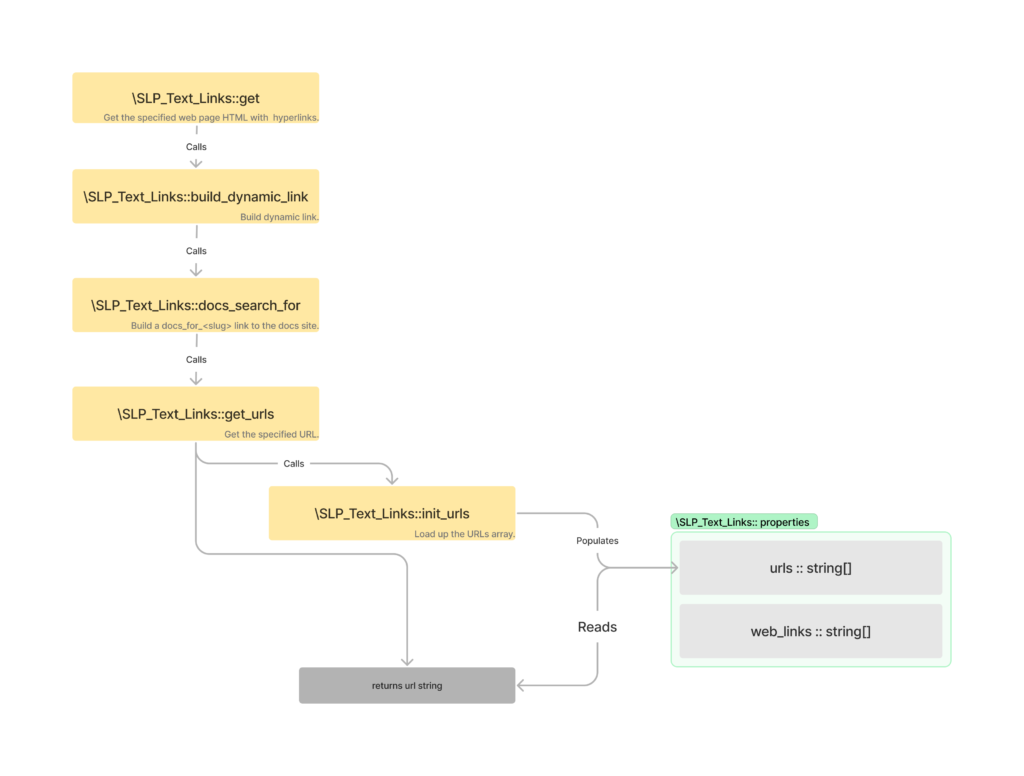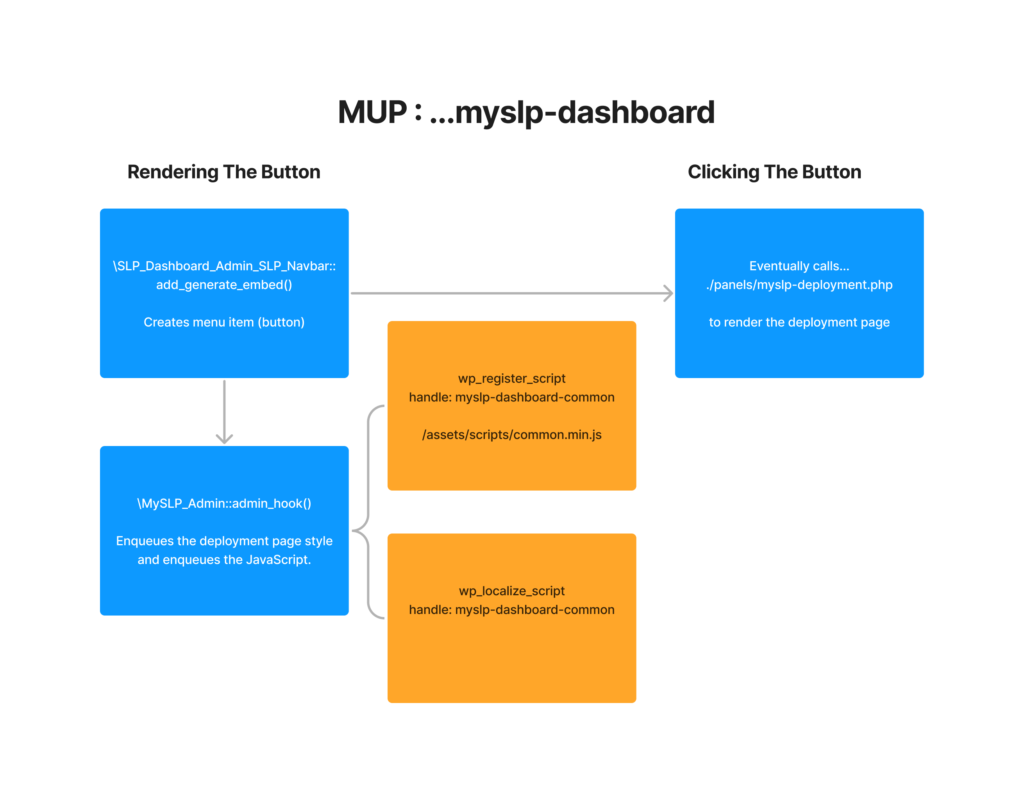WordPress
add_menu_page()
add_menu_page(
string $page_title,
string $menu_title,
string $capability,
string $menu_slug,
callable $callback = ”,
string $icon_url = ”,
int|float $position = null
): stringWordPress Default Admin Menu Positions
| Standard | Network Admin |
|---|---|
| 2 – Dashboard | 2 – Dashboard |
| 4 – Separator | 4 – Separator |
| 5 – Posts | 5 – Sites |
| 10 – Media | 10 – Users |
| 15 – Links | 15 – Themes |
| 20 – Pages | 20 – Plugins |
| 25 – Comments | 25 – Settings |
| 30 – Updates | |
| 59 – Separator | |
| 60 – Appearance | |
| 65 – Plugins | |
| 70 – Users | |
| 75 – Tools | |
| 80 – Settings | |
| 99 – Separator | 99 – Separator |
add_submenu_page()
SaaS Menu Positions
| Standard / User | Network Admin |
|---|---|
| 1.10 – MySLP myslp-dashboard | 1.10 – Manage MYSLP_MANAGE_MENU_SLUG ‘myslp-manage-menu’ 10 – Customers 30 – History Log 50 – Cron : System 51 – Cron : User 80 – Database 70 – Addressess |
| 1.20 – Store Locator Plus® csl-slplus | |
| 1.30 – Config MYSLP_CONFIG_MENU_SLUG ‘myslp-config-menu’ 10 – Plans 15 – Plan Limits 20 – Plugins 25 – Email Settings 30 – Payments 70 – System Settings 80- Cache | |
| 2 – Dashboard | 2 – Dashboard |
| 4 – Separator | 4 – Separator |
| 5 – Posts | 5 – Sites |
| 10 – Media | 10 – Users |
| 15 – Links | 15 – Themes |
| 20 – Pages | 20 – Plugins |
| 25 – Comments | 25 – Settings |
| 30 – Updates | |
| 59 – Separator | |
| 60 – Appearance | |
| 65 – Plugins | |
| 70 – Users | |
| 75 – Tools | |
| 80 – Settings | |
| 99 – Separator | 99 – Separator |






